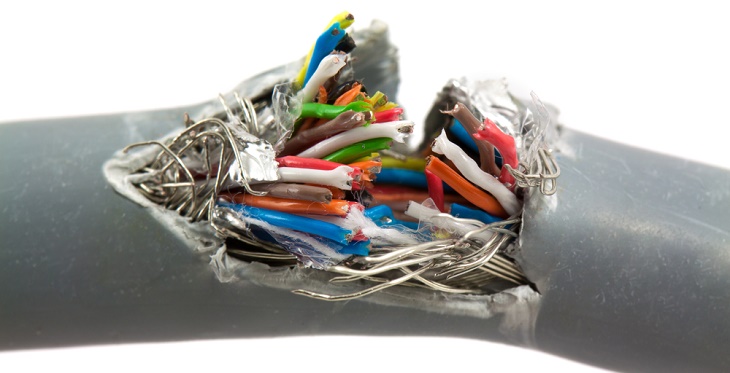On Feb. 25, 2015, vandals cut fiber-optic lines in the Phoenix area, shutting down Internet and phone connections throughout much of northern Arizona. The story was big enough to attract national attention. Here’s a report from CBS News:
“People across northern Arizona couldn't use the Internet, their cellphones or landlines for several hours Wednesday (February 25, 2015) after someone vandalized a fiber-optic line that brings communications to a large part of the state, officials said.
“Businesses couldn't process credit card transactions, ATMs didn't function, law enforcement databases were unavailable, and even weather reports were affected in an area stretching from north of Phoenix to Flagstaff, about 100 miles away.” (Read more at http://cbsn.ws/1WagIIt)
Interestingly enough, the story said nothing about how the vandalism affected health-care organizations like North Country Healthcare, which provides outpatient care across a 60,000 square-mile area through its network of 14 freestanding clinics and five school-based clinics, as well as a mobile clinic.
Bill Smith, North Country HealthCare’s information technology manager, describes telemedicine as “a significant portion of what we do nowadays.”
North Country’s virtual grand rounds enable clinic physicians to consult with specialists in Tucson and Phoenix – an opportunity that North Country physicians have found to be of great value, particularly in dealing with patients with hepatitis-C.
“We see the majority of our HIV patients across our area via telemedicine. We also have implemented a hepatitis-C conference call system so our doctors can consult with specialists at the University of Arizona. And we have a behavioral health specialist in Flagstaff, and he meets the majority of his clients through telemedicine. And we have 140 or so users of telemedicine [technology] for internal communications.”
The power outage at North Country lasted only about an hour and a half, “but we were restricted when we came up,” Smith said.
“We are small enough that we can be nimble and come up with creative ideas. Verizon wasn’t affected by the vandalism, so we used the ‘MiFi’ feature on people’s cell phones. Every clinic had two or three mini-networks that allowed us to get to our health records system in Chicago, via the Internet. And all our servers are in-house, so all our clinics could get to those. The only Cloud service we have is the health records, but we had access to those.
“We were hindered. We were running very slowly, but we weren’t cut off completely.
“What we recommend now is, if an organization can afford it, they should put in a low-cost, low-bandwidth, point-to-point network as a back-up. It’s money that might seem wasted if nothing ever goes down, but it’s good insurance if it does.
“But the biggest thing, and what we’re doing now, is diversifying our telecommunications providers. Cable One, to the east of us, never went down, because they have their own infrastructure. So we are purchasing a mix of communications from CenturyLink and Frontier, both telephone companies, and the cable companies.
“And unless something really catastrophic happens, it’s doubtful that we will go down again.”

